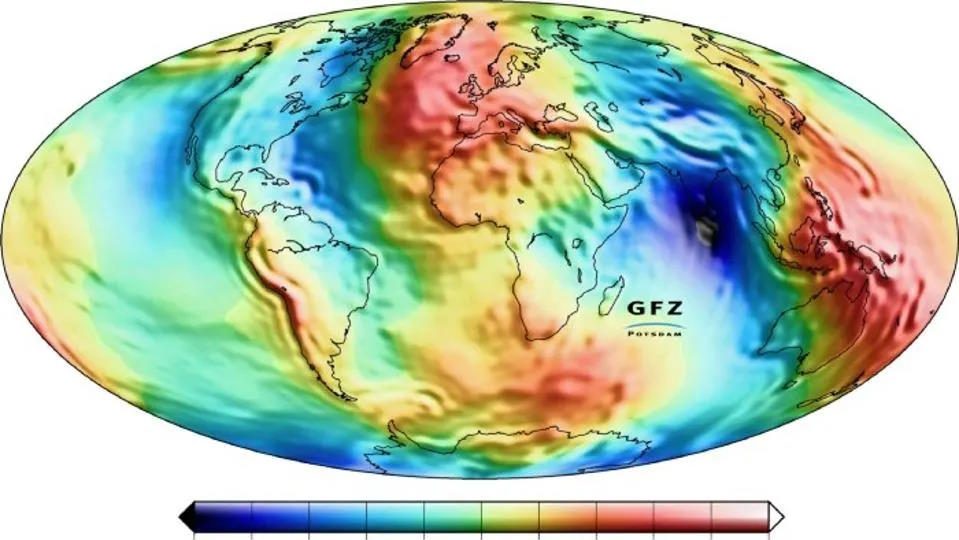Overcoming Compassion Fatigue: Lessons Learned from News Coverage of Famine

–Guest post by Kristen Moses, American University graduate student.
On July 20, 2011, the UN declared a famine in two regions of southern Somalia due to the worst drought in decades. However, such declarations are not uncommon in the Horn of Africa. A famine was declared in Ethiopia in 2000, in Somalia in 1991-92 and again in Ethiopia in 1984-85.
During this cycle of drought and starvation, the Ethiopian famine of 1984-85 and the accompanying international news coverage has been identified by political scientists and communication researchers as a leading example of the impact news can have on audiences. The seminal media moment during this tragedy was Mohammed Amin and Michael Buerk’s coverage for a BBC Television News broadcast on October 23, 1984. This report “acted as an international siren,” according to Suzanne Franks (2006), sharing the plight of Ethiopian famine victims with the world and prompting the biggest humanitarian relief effort the world had ever seen.
Privately, Amin and Buerk have both documented their strong emotional reactions to the mass starvation they encountered in Ethiopia. Publically, those sentiments are much more complicated to convey and channel into action. The framing and attention cycle placement used in media coverage of this famine were factors in generating unprecedented global engagement.
Even framing famine as a “crisis” invokes a series of evaluations for news outlets. Aspects of timeliness, proximity, prominence, significance, controversy, novelty, currency, and emotional appeal are all considered. Moreover, a crisis has to compete with emergencies in other parts of the world for news attention. Since news values are culturally, politically and ideologically determined, these attention cycles refer back to the evaluation criteria with a rather myopic vision. Thus there is truth in Washington Post reporter Jennifer Parmelee’s observation that, “the world does not have an appetite for more than one crisis at a time” (Livingston 1996). The ‘compassion fatigue’ surrounding humanitarian crises in Africa is particularly difficult to overcome.
Until recently, Susan Moeller notes, famine was designated a “natural disaster,” the natural consequence of drought and the resulting food shortages. This simplistic, albeit incorrect, characterization helped in the case of Ethiopia in 1984. Overlooking the complex “man-made” elements, like government arms spending and restricted press access, according to Moeller, the media portrayed the famine as a sudden event with a specific and easily explicable cause. The sheer scale and visibility of the tragedy was impactful, but news outlets quickly learned that the victims’ stories belonged at the center of the news. The language of these feature stories always included references to “horror” or “the African nightmare” of starvation. Clever metaphors and analogies, typically a mainstay in news writing, were deemed too gimmicky for stories about dying children, Moeller continued.
As Moeller and Franks both document, news coverage revealed a significant gap between the impact of newspapers and television. The Ethiopian famine was already well underway before the BBC news broadcast in October 1984. However, as early as the summer of 1983, a front-page article and photos had been published in The Washington Post. It took video footage (16 months later) to catch the public’s attention. The Amin/Buerk video was able to combine dramatic pictures and effective script writing in an unusually long seven-minute package leading the evening news. You can watch some of the footage below.
As Franks documented, the story broke in television media at a quiet moment in the European news cycle and when the story of record European grain surpluses, rotting in warehouses due to the Common Agricultural Policies of the European Union, provided an especially provocative angle. The BBC broadcast was initially rejected by NBC, preoccupied by the election and apathetic at the news of another African crisis. Yet after watching the footage, according to Moeller, the editors capitulated and within 36 hours, more than 10,000 people called Save the Children and within a month, they received $1.4 million in donations. Continuing coverage often linked victim stories with sidebars asking, “What can you do?”
The story had gained enough momentum to overcome a setback in coverage on October 31 when Indian Prime Minster Indira Gandhi was assassinated. Donations grew as the holiday season approached and through ‘aid-motivation,’ thanks to the involvement of politicians and celebrity events like Band Aid and Live Aid. In total, Franks documents, the story was broadcasted on 425 different television channels across the world and seen by a potential audience of 470 million.
International response to the Ethiopian famine of 1984-85 demonstrates the critical circumstances and adaptations in news coverage necessary to propel a famine story beyond the headlines. A unique set of decisions within the BBC news organization launched the story and reporting techniques had to supplement powerful images with powerful language. Nearly one million people fell victim to a famine that, in the end, would capture the hearts and charitable impulse of the West. Despite these lessons learned, an unstable world continues to challenge the interest and impact of crises. Coverage of the latest famine in the Horn of Africa calls into question what, if any, of those tactics are still successful at generating an audience response.
–Guest post by Kristen Moses, an MA student at American University in Washington, D.C. Read other posts from her project team examining public attention to social problems such as famine as well posts from other project teams in her course on Public Communication Theory.
References:
Franks, Suzanne (2006). “How Famine captured the Headlines.” Media History. 12(3): 291-312.
Livingston, Steven (1996). “Suffering in Silence: Media Coverage of War and Famine in the Sudan,” in Robert I Rotberg and Thomas Geroge Weiss (eds.), From Massacres to Genocide. (Cambridge: The World Peace Foundation).
Moeller, Susan D. (2006). “‘Regarding the Pain of others’: Media, bias and the coverage of international disasters.” Journal of International Affairs. 59(2): 173-196.
Moeller, Susan D. (1999). Compassion Fatigue: How the media sell disease, famine, war and death. (New York: Routledge).





